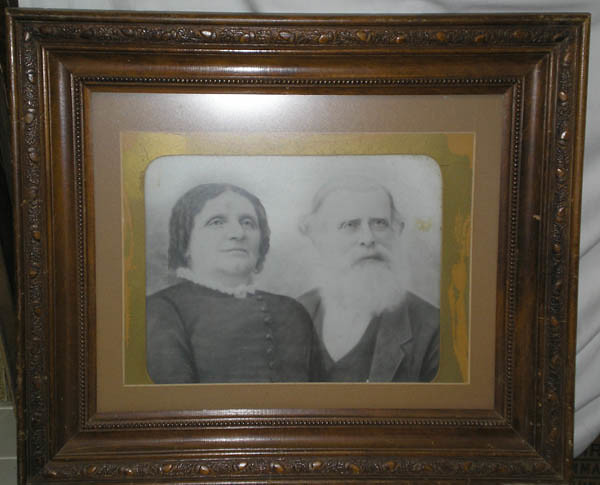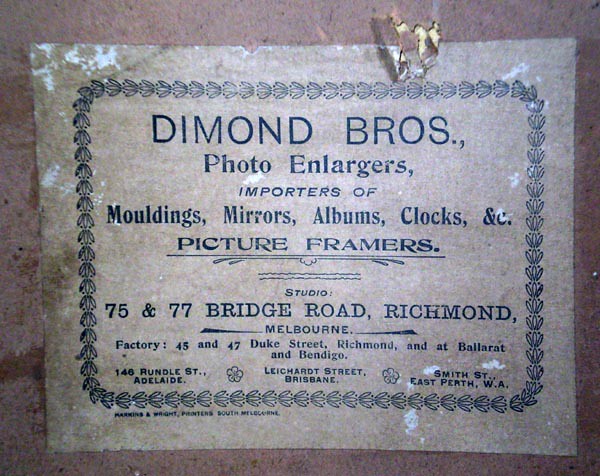Footprints: The Exhibition is Coming
We are excited to announce that the PROV exhibition "Footprints: The Journey of Lucy and Percy Pepper" is coming to the Stratford Historical Museum for February and March.
Percy Pepper was a son of Nathanial Pepper, and born at Ramhyuck, just out of Stratford. Many will remember his son, Phillip Pepper, who wrote several books in the 1980s.
You can view the exhibition any Tuesday from 10am to 3pm, February to March, groups at other times by arrangement on 5145 6836. The Museum is also open 2pm to 4pm on the 4th Sunday of the month.
Percy Pepper was a son of Nathanial Pepper, and born at Ramhyuck, just out of Stratford. Many will remember his son, Phillip Pepper, who wrote several books in the 1980s.
You can view the exhibition any Tuesday from 10am to 3pm, February to March, groups at other times by arrangement on 5145 6836. The Museum is also open 2pm to 4pm on the 4th Sunday of the month.
Warning: This exhibition contains images of deceased
people. It also includes transcripts of records from the early 20th
century which some people may find disturbing and offensive.






